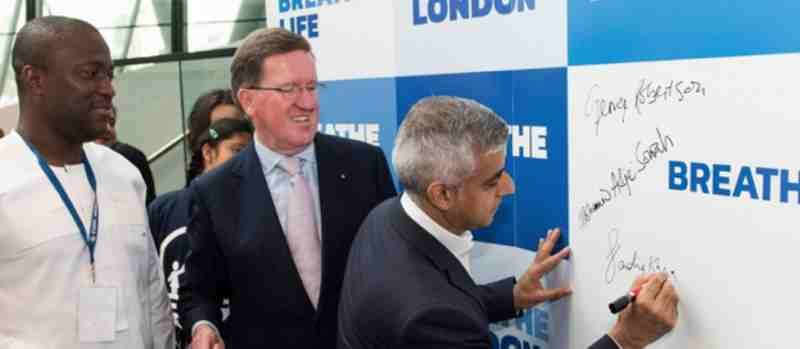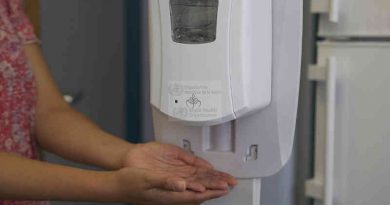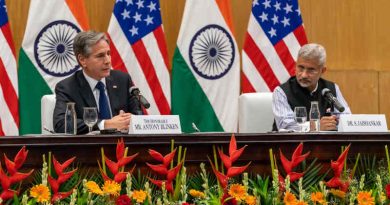Every Londoner Is Exposed to Toxic Air Particles: Research

The Mayor of London, Sadiq Khan, has released new research which reveals that every Londoner in the capital lives in an area exceeding World Health Organization (WHO) guidelines for the most dangerous toxic particles known as PM2.5.
The research, based on the latest updated London Atmospheric Emissions Inventory, also shows that 7.9 million Londoners – nearly 95 per cent of the capital’s population – live in areas of London that exceed the guidelines by 50 per cent or more.
The Mayor released the damning report as he delivered a keynote speech at the ‘Every Journey, Every Child’ Conference at City Hall on Wednesday and signed the capital up to the Breathe Life coalition organised by WHO, UN Environment and Clean Climate and Clean Air Coalition, to connect similar world cities, combine expertise, share best practice and work together to improve air quality.
[ Poisonous Particles + Noise Nuisance = Death for Delhi ] – Research Report
PM2.5 are small toxic air particles which are widely acknowledged to have the greatest impact on health with both short and long-term exposure increasing the likelihood of respiratory and cardiovascular diseases.
Children exposed to these toxic pollutants are more likely to grow up with reduced lung function and develop asthma, while PM2.5 is also known to result in 29,000 premature deaths in the UK every year.
New data, based on updated 2013 exposure estimates, shows that in central London the average annual levels of PM2.5 are almost double the WHO guideline limits of 10 µg/m3.
[ Delhi Pollution Is More Dangerous for Children and Senior Citizens ]
The Mayor is committed to tackling pollution in London and is determined to reduce the levels of these dangerous toxic particles, aiming to get pollution levels to within WHO guidelines by 2030.
Around half of PM2.5 in London is from external sources outside the city, however, the main sources of PM2.5 emissions in London are from tyre and brake wear, construction and wood burning.
Reducing these emissions and achieving WHO guidelines will require coordinated action by governments and cities around the world and a shift towards walking, cycling and using public transport, as well as new technologies like electric cars.
On 23 October, the Mayor’s new T-Charge comes into force to remove older, more polluting vehicles from central London. Road transport is responsible for around half of NOx emissions in the capital, and around 88 per cent of these emissions are caused by diesel vehicles.






